analysis East Asia
‘Tactical move’: China's WTO gambit over US tariffs more about optics than outcomes
By holding off on retaliatory tariffs, Beijing is playing the long game as Trump 2.0 reshapes global trade, say analysts.
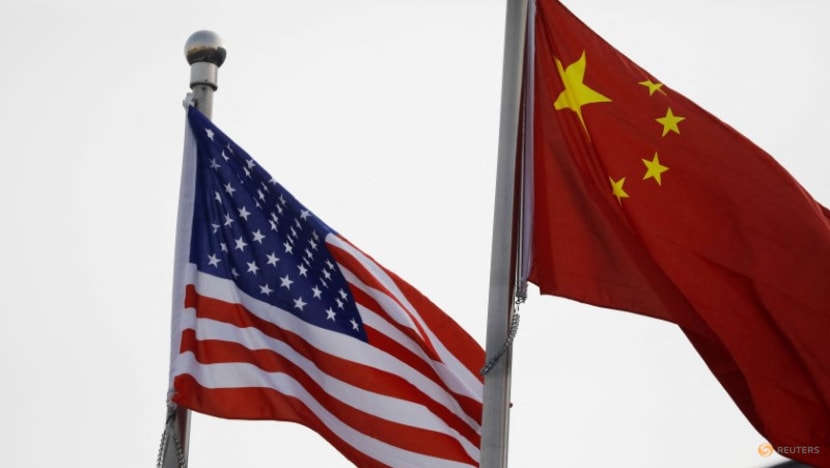

This audio is generated by an AI tool.
SINGAPORE: Rather than retaliatory duties, China is firing back at newly-imposed US trade tariffs by vowing to take the case to the World Trade Organization (WTO) - a move aimed at portraying the country as championing global rules, in contrast to an America led by Donald Trump, say analysts.
That’s even though Beijing is clear-eyed that meaningful results are not expected from the WTO, due to its dispute settlement mechanism remaining effectively paralysed over the past five years.
Over the weekend, Trump ordered 10 per cent tariffs on goods from China, due to take effect on Tuesday (Feb 4).
“The rationale for filing the case (at the WTO) is to give China the moral high ground for retaliation,” Stephen Olson, a visiting fellow at the ISEAS-Yusof Ishak Institute, told CNA.
“By following WTO procedures, China will position itself as the defender of the rules-based global trade system and the US as an irresponsible - perhaps even dangerous - rule breaker. This would be extremely useful for China as it competes with the US for influence.”
Holding off on tit-for-tat tariffs underscores Beijing’s intent to avoid a direct escalation of Sino-US relations amid economic pressures at home, observers further note.
They add that it’s also a calculated action by China to buy time for a possible deal with Washington, while also assessing how matters play out with Canada and Mexico - the other two countries Trump has threatened with tariffs.
And if push comes to shove, analysts say China is armed with a hefty economic arsenal to fire back at the US.
“Retaliatory measures are not limited to China imposing counter-tariffs … the situation can escalate very quickly given how strongly China can retaliate,” said Steven Okun, CEO of the public affairs consultancy firm APAC Advisors.
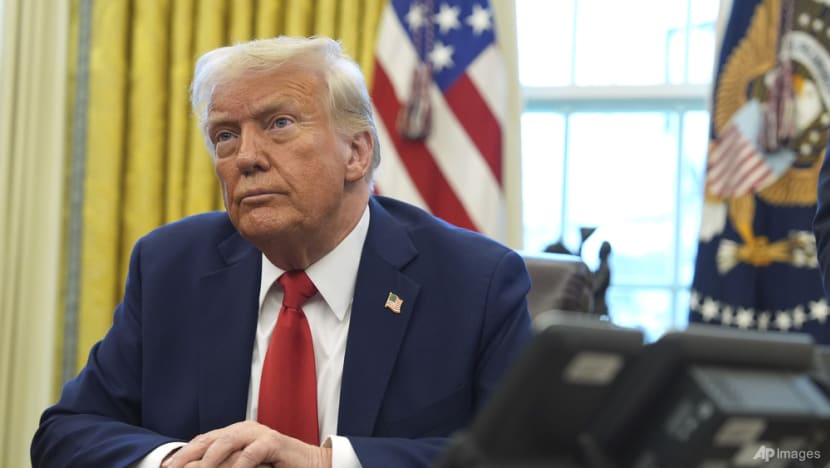
OPTICS OVER OUTCOMES
In his weekend announcement, Trump cited tackling illegal immigration and drug trafficking as the reason for imposing sweeping tariffs on China, Canada and Mexico - America’s top three trading partners.
The backlash was swift - within 24 hours, Canada ordered retaliatory tariffs while Mexico signalled it would follow suit. Trump has since agreed to a 30-day pause in return for concessions on border and crime enforcement with the two neighbouring countries.
No such deal has emerged for China just yet. Still, progress could be on the horizon, as Trump is expected to speak with Chinese President Xi Jinping as soon as this week, according to Trump’s spokesperson.
Either way, China’s response has stood apart from the rest. Instead of firing back with retaliatory tariffs, its commerce ministry said it would file a case at the WTO.
“The US’ unilateral tariff hike severely violates WTO rules. Not only does it fail to resolve its own issues, but it also disrupts normal economic and trade cooperation between China and the US,” said a Chinese commerce ministry spokesperson on Feb 2.
Analysts CNA spoke to agree that the WTO filing is about optics rather than outcomes - both on the global and domestic front.
“Stating they will go to the WTO gives them an action to which they can point to their domestic audience, and to also make the case to a global audience that China is the country upholding the international rules-based order,” Okun told CNA.
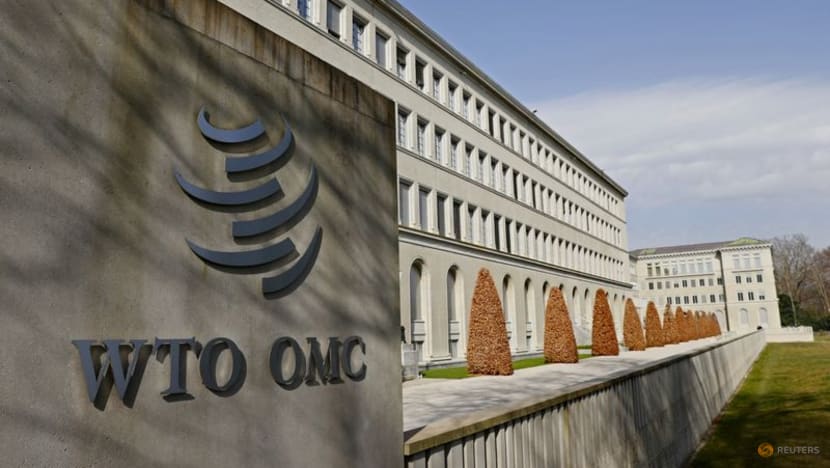
When it comes to actual outcomes, Beijing is acutely aware that turning to the WTO will yield limited results, observers highlighted.
“(The WTO is) pretty toothless now, it doesn't have a good enforcement mechanism … countries take it less and less seriously,” Dexter Tiff Roberts, a non-resident senior fellow at the US think tank Atlantic Council’s Global China Hub, told CNA.
In 2019, the Trump 1.0 administration blocked new appointments to the WTO’s appellate body, effectively paralysing its dispute resolution mechanism. The US has maintained this stance since then.
When the WTO ruled in 2023 that retaliatory tariffs imposed by China in 2018 on billions of dollars worth of US imports violated international trade rules, the decision had little impact.
In 2022, a WTO panel said US metal duties contravened global trading rules in a judgement that Washington strongly rejected. Trump’s tariffs on Chinese steel and aluminium remained in effect.
In the present day, the Trump 2.0 administration “will not be impacted one whit” by China taking the US to the WTO, said Okun, who served in the Bill Clinton administration.
“Chinese officials know that.”
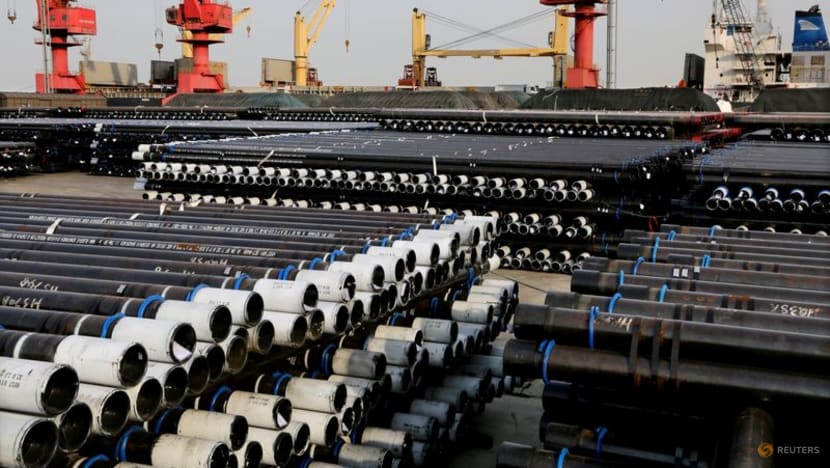
SHIFTING STRATEGIES
Analysts say China’s latest response to Trump’s tariff moves is a calculated shift from its approach in 2018, when Beijing imposed retaliatory tariffs after Washington fired the first shot.
A full-blown trade war ensued, hurting consumers and businesses in and beyond the world’s top two economies, with its impact still lingering today.
This time, China has held off, although authorities have warned that “corresponding countermeasures” will be taken to safeguard the country’s rights and interests.
Roberts from the Atlantic Council said Beijing is trying to avoid direct escalation with the US, especially as it contends with domestic economic challenges like weak consumer spending and local debt concerns.
"Exports and investment can only drive growth so far … I think it's actually a sign that China does not want this to flare up even more," said Roberts. “They are not eager to be in a cold war with the US right now.”
ISEAS-Yusof Ishak Institute’s Olson noted that going down the WTO route and delaying retaliation is a “tactical move” that allows China to assess how Trump’s tariff actions play out with Canada and Mexico.
At the same time, it affords Beijing some wiggle room in potentially negotiating a deal with Trump, and averting the worst of US tariffs, experts note.
Days before Trump took office, he had what he described as a “good, friendly” phone call with Xi, who the businessman-turned-president invited to his inauguration.
In an interview with Fox News on Jan 23, Trump said “I can do that” when asked if he could make a deal with China over fair trade practices. The US leader then followed up by saying he would “rather not” use tariffs against China, but called it (tariffs) a "tremendous power."
Speaking to reporters at the Oval Office on Feb 3, Trump said the planned 10 per cent blanket tariffs on Chinese goods would just be "an opening salvo".
"If we can't make a deal with China, then the tariffs would be very, very substantial," he said.
Against this backdrop, the anticipated conversation between Trump and Xi in the coming days will be closely watched.
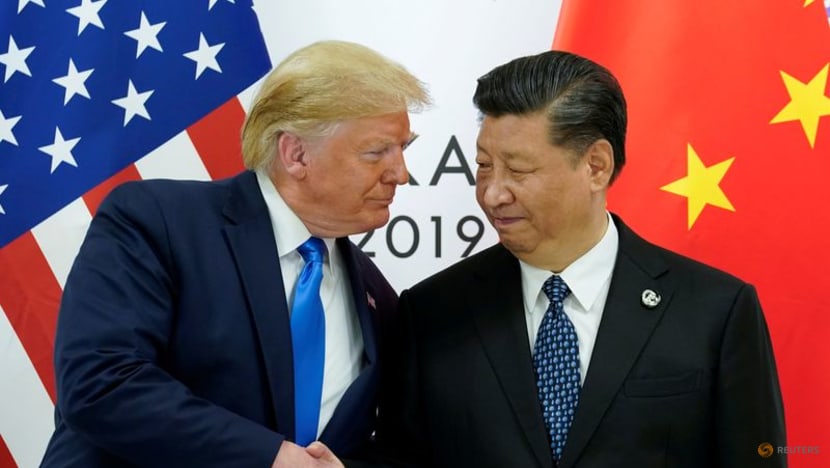
“I do think that there is a real possibility that Trump might back off and try to cut a deal with China,” said Roberts.
“The fact that the tariffs are 10% and not higher, the fact that he's trying to do a deal on TikTok - I could see Trump doing some sort of big deal that would encompass other areas,” he added.
“If (China) responds with retaliatory tariffs right now, that prospect becomes much dimmer."
TRADING BLOWS
Even as China adopts a relatively tempered approach for now, analysts warn that the world’s second-largest economy has various ways to hit back economically at the US if its hand is forced.
“They can always go back and start to levy some tariffs,” Roberts said. “And they could start small as well. They could target particular industries or products.”
Okun from APAC Advisors suggested that the most impactful form of retaliation would be for China to focus on US states with “concentrated Republican interests” who may have some influence over Trump, citing Louisiana and South Dakota as two key targets.
“China followed this playbook in 2019 against Trump when it focused its retaliatory tariffs on agriculture and energy goods - two sectors predominantly located in Republican-heavy states,” Okun pointed out.
Chinese retaliatory measures are also not confined to tariffs.
“China can bar exports to the US of critical minerals, as well as ban exports of products unique to China which will greatly impact the US, such as antibody precursors used by pharmaceutical firms which come exclusively from China,” said Okun.
He further noted that China could also use its anti-foreign sanctions law to target specific companies, citing Skydio as a recent example.
Skydio is the largest drone manufacturer in the US. It was one of three American companies sanctioned by China in October 2024 over US weapons sales to Taiwan.
China can make life miserable for big American multinationals that are very reliant on the Chinese market, said Roberts from the Atlantic Council, citing Apple, Intel, and Qualcomm as potential targets.
Ultimately, analysts agree that at this point, Beijing appears content to play the long game as Trump 2.0 makes its presence felt around the world.
“China understands this will be a protracted dance, “ said Olson from ISEAS-Yusof Ishak Institute.
“There’s no need to rush a more forceful response.”


















